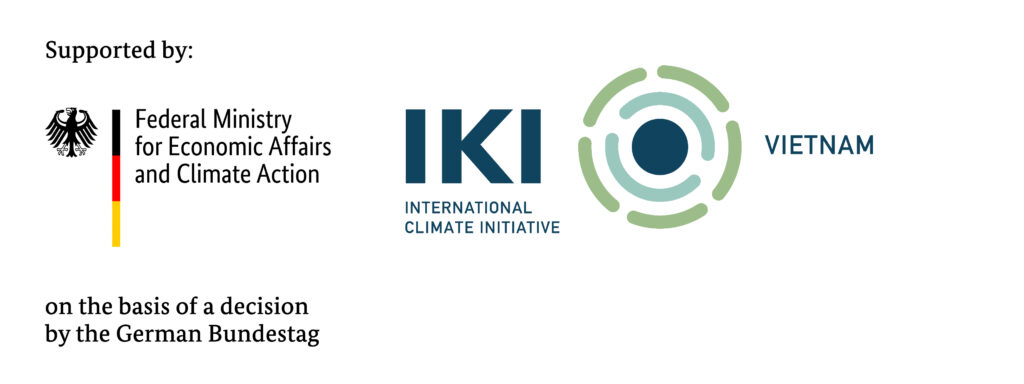The Greater Annamites mountain range is an area of high biodiversity, unique endemism, and includes one of the largest continuous natural forest areas in continental Asia. It is also an area where deforestation and illegal logging are rife. Since 2010, it is the declared goal of the IKI funded programme “Avoidance of deforestation and forest degradation in the border area of southern Laos and central Vietnam for the long-term conservation of carbon sinks and biodiversity” (CarBi in short) to reduce significant threats to these biodiversity treasure coves in the Central Annamites region of Laos and Viet Nam. The first phase of the programme (2010-2017) was primarily aimed at piloting cutting edge biodiversity monitoring, testing and refining the ranger based patrol Spatial Monitoring and Reporting Tool (SMART), and supporting the development of a performance-based Payment for Forest Environmental Services regime in pursuance of financial sustainability. CarBi’s International Timber Trade Leakage Study is generally viewed as one of the significant catalysts for enhanced timber trade governance in Laos, which saw a reduction of more than 85% of round-wood exports to Viet Nam between 2015 and 2016. The removal of more than 110,000 snares and around 2,000 illegal hunters’ camps through almost 60,000 Forest Guard patrol days, is also indicative of the high levels of threat reduction achieved, while the detection of 69 faunal species through 67,000 camera trap nights, including the rediscovery of the iconic Saola, reflects the nature and extent of its biodiversity monitoring value offering.
Having entered the programme´s second phase, CarBi II’s ambitious vision is aimed at deepening the impact of phase I, the expansion of the planning domain’s Protected Area (PA) network and enhanced management effectiveness, the disruption of the proliferating trans boundary bushmeat supply chain, robust and innovative community engagement and the facilitation of sustainable livelihood modalities, as well as the expansion of performance based PFES and the piloting of Biodiversity Offsetting. Although it is still in its first year of actual implementation (beyond the conclusion of all the MOUs, establishment of operational governance and steering mechanisms and strong implementation partner relationships and trust, an extensive and robust work planning – M&E and risk management framework, etc.), it is already showing some green shoots of promise in rebooting the ecosystem services of the planning domain.
The ability to build some bridges between phases I and II, has been one of the fundamental strategic interventions towards sustainability and impact at scale. Through strong partnerships with other projects in the CarBi planning domain (eg. Sida and USAID funded Green Annamites), as well as ongoing scientific collaboration with the Leibniz Institute for Zoo and Wildlife Research (IZW), CarBi is now able to expand its proven methodologies through innovative adaptive management. The programme is continuing its Community Forest Management (CFM) support and building on the very successful Forest Protection Volunteer guardianship model on the Viet Nam side, while also expanding its Green Schools as well as community based Biodiversity Conservation Agreement (BCA) regime on the Laos side. Systematic camera trapping which allows for robust statistical analysis of species prevalence (occupancy), as well as the continuation of the enhanced paperless SMARTConnect system driven by a strong Forest Guard patrol regime, which is equally designed to detect threats in space and time through robust occupancy analysis, are continuing to define and sustain CarBi’s scientific robustness. This approach also allowed us to establish very solid programme baselines for proxy species, forest continuity index, as well as threat (hunting/snaring) levels, setting the scene for robust impact monitoring.
One of the strongest indicators of desired change at this early stage, has been the ability of CarBi to reconfigure its planned wildlife trade management activities to provide the required impetus to the relevant government partners’ Covid-19 emergency responses. The development of a high impact compliance management action plan and concomitant strengthening of multi-agency cooperative governance, combined with innovative consumer behaviour change marketing interventions, including the application of smartly designed television clips focused on the substantial zoonotic disease threats which bushmeat consumption pose, is believed to have started the interruption of both the supply and demand of wildlife products, strongly supporting other government interventions in this regard on the Viet Nam side. A recent (March’20) independent survey commissioned by WWF also indicated that 90% of the Viet Nam population will support the closing of all illegal/uncontrolled wildlife trade markets in the country.
